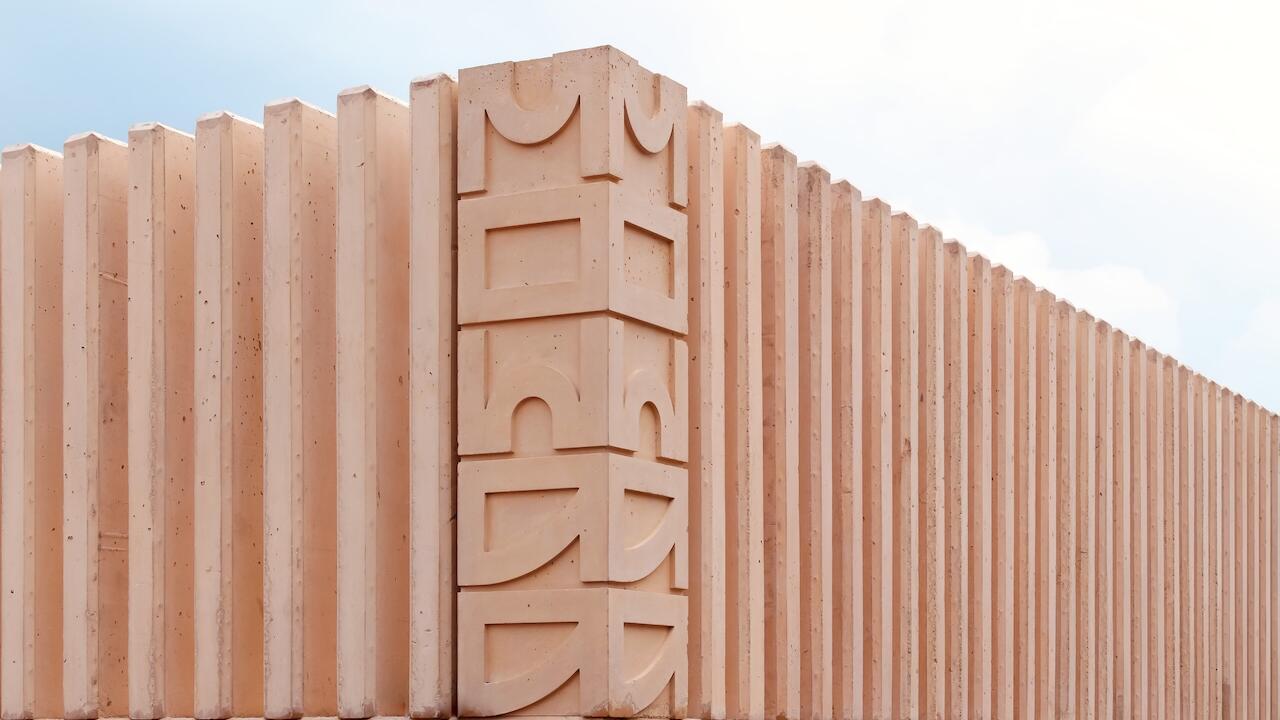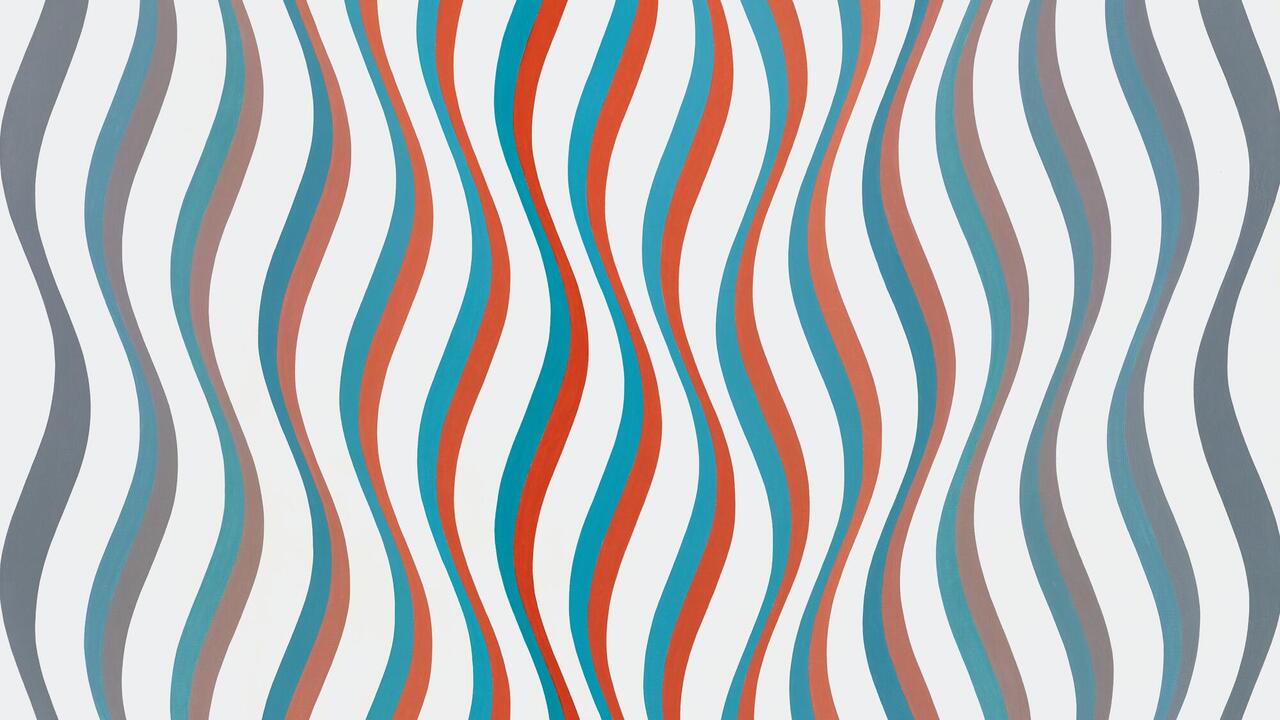How Much Fascism?

The title of this exhibition, curated by What, How & for Whom (WHW), is provocative, even for the refreshingly forthright Croatian collective. Taken from the title of a 1995 collection of writings by Slovenian philosopher and activist Rastko Moc˘nik, the show’s central premise was summarized by WHW as ‘not fascism “yes or no” – but rather “how much fascism?”’ Nearly two decades after Moc˘nik’s publication, and with the proclaimed failure of multiculturalism in Europe, WHW have decided to shine a light on this worrying turn to the right through a series of exhibitions and writings – in this exhibition at BAK, as well as a previous chapter at Bergen Kunsthall in 2011 and a concurrent exhibition at Extra City Kunsthal in Antwerp.
If WHW aimed to point out the dangers of fascist nostalgia and new hard-right strategies, then the group of artists and art works they selected were, for the most part, convincing. At the entrance, a series of three posters by Argentinian collective Etcétera… quoted Bertolt Brecht: ‘those who are against fascism without being against capitalism are like people who wish to eat veal without slaughtering the calf.’ Adjacent was Cesare Pietroiusti’s video Pensiero unico (Uniform Thought, 2003), showing the artist singing two Italian fascist songs in a gallery. As an excited crowd gathered outside to watch him, some removed their clothes to show fascist tattoos. This introduction to ‘How Much Fascism?’ – part of BAK’s long-term research project ‘Former West’ – cast the shadow of Europe’s dark history over the show.
In the ground-floor gallery, a sharply focused group of reportage-style photographs by Dutch artist Lidwien van de Ven documented the recent success of Marine Le Pen and the National Front in Paris, 01/05/2012 (Marine) (2012); supporters of anti-Islamist politician Geert Wilders from the Dutch Defence League during the politician’s hate speech trial in Amsterdam 30/10/2010 (EDL) (2011); and scenes of protesters as Angela Merkel apologized to the family and friends of men murdered by neo-Nazis in Berlijn, 23/02/2012 (excuses) (2012). Close by were two videos by Avi Mograbi from his series ‘The Details’ (2003–11), one of which shows the filmmaker goading Israeli soldiers as they stop a group of Palestinian children from crossing a road on their return home from school. WHW seem to be arguing that what Moc˘nik identified as ‘local populism, new fascism, new right wing extremism’ has not only re-grouped in Europe, but has resurfaced far beyond the continent.
The exhibition also included documents of more clandestine national activities and undercurrents, such as Trevor Paglen’s photographs of black sites and spy planes. Jonas Staal’s Art, Property of Politics III: Closed Architecture (2011) suggests a darker ‘design’ of society at large: the work is an architectural model of a prison – conceived by a prominent member of the far right Dutch Freedom Party – that allows for the behaviour and rehabilitation of inmates to be controlled through a system of incentive and punishment.
Though WHW’s examples were persuasive, to highlight the current spate of far-right trends in Europe and beyond is, unfortunately, not to point out anything new. Labelling it as fascist, however, is. But WHW problematically refused to define (or redefine) the term, meaning that it could only be understood through its historical guise, the returning ghost of European fascism of the 1930s and ’40s, as suggested by Pietroiusti’s opening reference. Beyond this preliminary framing, WHW did not explicitly play out the relationships between ‘old’ and ‘new’ forms of fascism or what this historical lineage might mean for the ‘Former West’.
What seems harder, yet no less important, to pinpoint are the prevailing causes and tools of new forms of fascism and how it flows through contemporary society: its alignment with corporate capitalism, globalism, new media and its place within post-democratic culture – what Hito Steyerl terms ‘fascism 2.0’. This was briefly touched on in Burak Delier’s Parkalynch Poster (2007), in which the Turkish artist’s fictive company, Tersyön, created a jacket for protestors complete with whistle and protective casing to show how even the right to protest had been co-opted by consumerism. But this project felt far too literal and clumsy.
Ultimately, ‘How Much Fascism?’ fell victim to the strength of its own rhetoric: the choice of art works offered a worrying survey of contemporary right-wing trends but failed to make the cohesive historical and political argument that its title demanded. (Indeed, the look, feel and methodology of many of the works felt oddly complicit with the darker forces they were seeking to expose.) And whilst I am in broad agreement with WHW’s claims – made in their lucid writing and in the eloquent opening lecture given in the Former West research congress that accompanied the exhibition – the conventional display at BAK seemed to embody many of the criticisms levelled at contemporary art’s political impotency in moments of aesthetic and institutional capture. As theorist Stephen Wright argued in the congress’s keynote lecture, perhaps now is the time to look beyond such curatorial devices, re-framing the question as not ‘How Much Fascism?’ but ‘How Much Art?’














